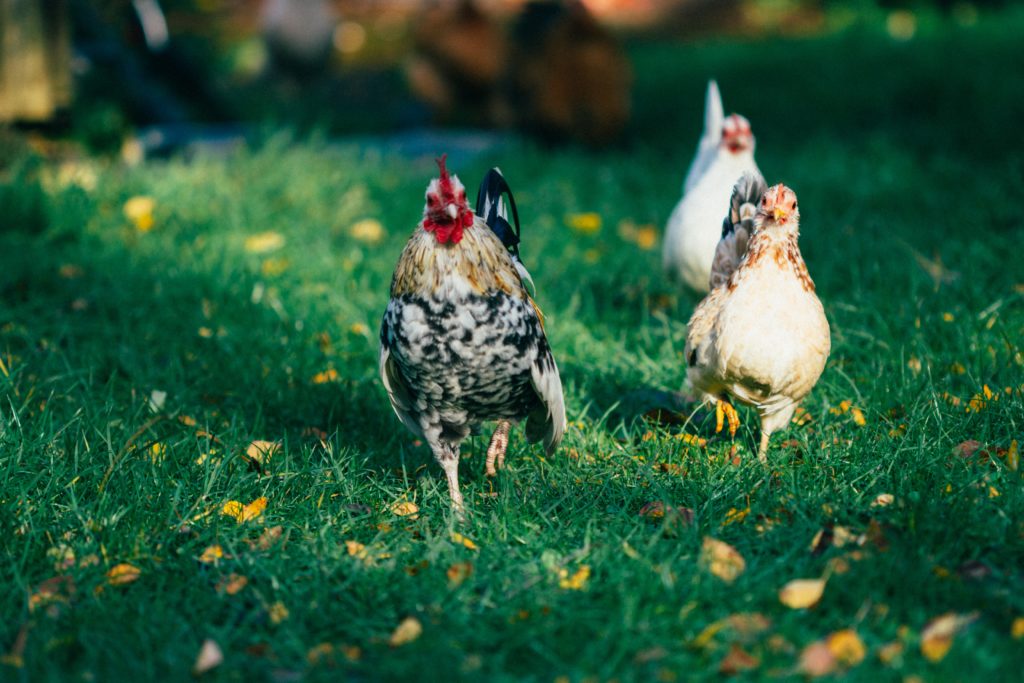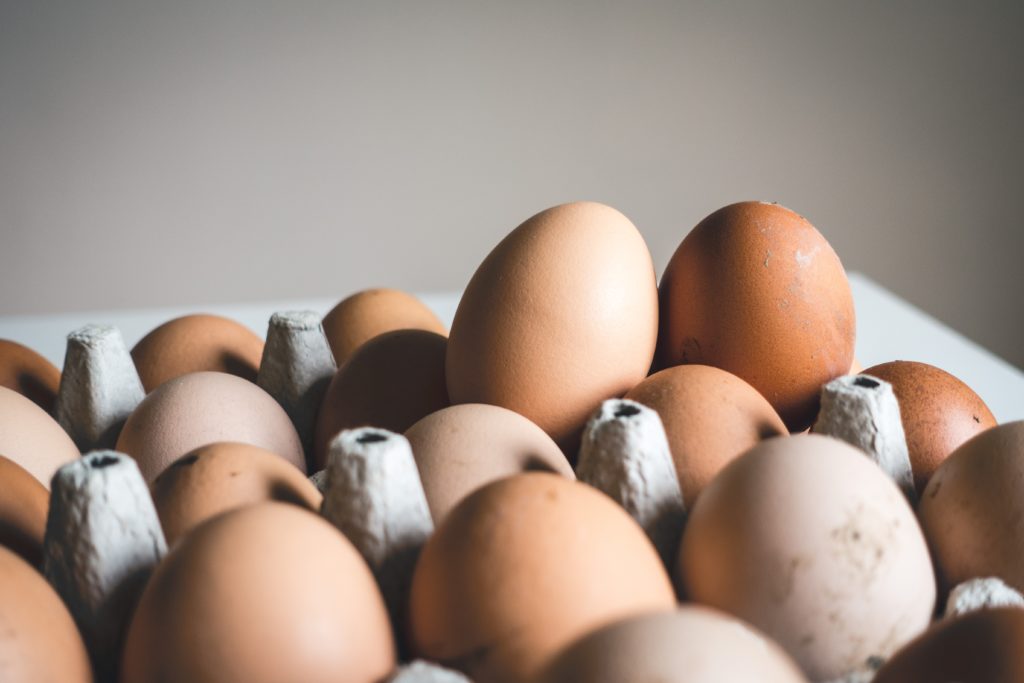
Hey you! What happens to male chicks?
Did you know that only female chicks can produce the eggs we eat? Probably. Did you know their productive life is around one year? Maybe. And did you know that male chicks are culled shortly after hatching because they can’t produce eggs and are not suitable for chicken-meat production? Probably not. This is one of the biggest challenges facing the egg industry.
So, what happens to the male chicks?
Hens, hens, hens
With the growing popularity of eggs, the number of hens to lay these eggs needs to increase. In order to make sure there’s enough supply of female chicks to meet the demand for hens, it’s necessary to hatch double the number of chicks needed – as half of these chicks are likely to be male. But what happens to the male chicks?
Around 23 million day-old male chicks are humanely culled every year because they can’t lay eggs and aren’t the type generally considered suitable for chicken-meat production.
It’s an issue that needs to be addressed. But in order for the solution to be sustainable, it needs to be commercially viable as well as humane.

Male chicks grow up to the roosters and female chicks grow into hens. Only hens produce the eggs we eat.
What if it didn’t have to be this way?
Dr Mark Tizard is a Senior Scientist in genome engineering at our Australian Centre for Diseases Preparedness. He tackled this question on an episode of the RSPCA’s Humane Food podcast with host Brian Daly.
Sharing an exciting new technology developed by our researchers, Brian and Mark discussed how this technology could end the culling of male chicks.
Mark said before any of the eggs start to form recognisable structure, the technology identifies the cells destined to be male through the eggshell.
“What we’ve done is placed a gene on the chicken’s equivalent of the Y chromosome that identifies the animal will be growing up as male. And that gene essentially expresses a little protein. It’s a perfectly harmless protein, all it does is glow red when you shine a laser light onto it,” Mark said.
“We can see it through the eggshell as soon as the egg is laid.”
From an animal welfare perspective, this is also good news. It eliminates any potential to cause stress to either a hatched or unhatched chick. It makes sense commercially too. We won’t need to incubate and hatch double the number of eggs, which improves workflow, sustainability and profitability. The outcome would be good for consumers, the planet and the farmers.
And to avoid the wastage of fertilised male eggs, we have a practical use!
“One of the things we can do with the eggs we identify as male and remove from the system is actually take them across into the production of vaccines,” Mark said.
“Many people aren’t aware that the flu vaccine, that’s used every year for the seasonal flu, is actually grown in eggs. And there has to be a supply of eggs to the companies that manufacture that vaccine.”

Will our eggs be genetically modified?
The short answer is no. The hens are not genetically modified (GM) because they never get marked. Neither are the eggs they will lay for our food.
How does that work? Well think of humans, where mums have two X chromosomes and dads have an X and Y chromosome. When ovum and sperm are made they each only get one of those chromosomes. Mum can only provide an ovum with one of her two Xs but dad provides a sperm with either an X or a Y. This process is called chromosome segregation.
The embryo is destined to grow up physically male if the mum’s X joins with dad’s Y. If the mum’s X joins with dad’s X then the embryo will grow up physically female. We use the marker to find the male-determining chromosome. So, we remove the marker from the system. In chickens the sex determining chromosomes are called Z and W but the principle is the same.
“It’s recognised by regulators as something that’s been used in plant breeding for many years,” Mark said.
We use the technology to remove the males and avoid the cull. At the same time, we’re improving the ethics, carbon footprint and sustainability of the industry.
Where to from here?
While this new technology is exciting and presents a real opportunity for the egg industry to improve outcomes for male chicks, there’s still a little way to go. And you will play an important role.
“At the end of the day, it’s the consumer, it’s the public that will decide whether this is a great way or not,” Mark said.
“And the companies, they’re hesitant. They see the value, but they are also concerned about what the public will make of this. I think they are pretty confident this is such a good solution, and is something the public can understand and not be concerned about, and realise the eggs they’re getting in the supermarket are the same as today,” he said.
Mark also added that scientists are mums and dads too and want to know the food they are feeding their families is safe.
“We are only doing this because we truly believe, based on evidence, that there is a pressing need with real benefits for everyone and, most importantly, that it is safe.”


2nd January 2022 at 6:59 am
Is there any news on this going ahead yet, any test farming?
14th January 2021 at 11:20 am
How about STOP eating animals and animal products? We don’t need to so why do we? Apart from the fact that it is cruel and please don’t use the word humane when it comes to slaughtering animals, how do you humanely kill an animal who would prefer to live? Anyone heard of climate change? The number one culprit is animal agriculture. For heaven’s sake people wake up! I’m sure in years to come people will look back on what we are doing now and be absolutely appalled.
25th October 2020 at 5:10 pm
Any solution tht dos not involve the inhumane culling of male chicks would meet with my approval.